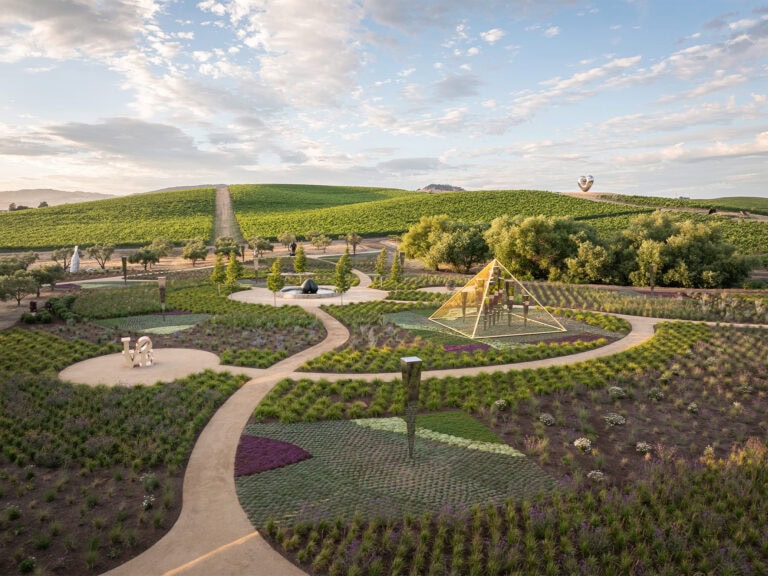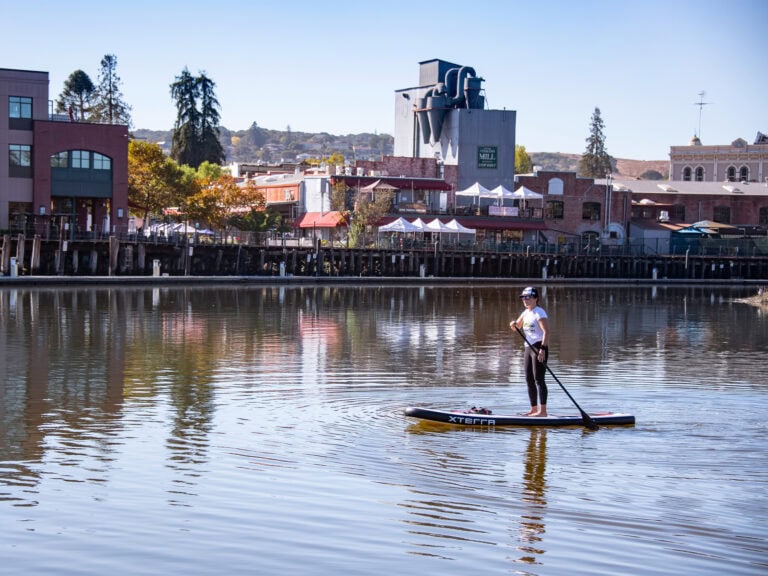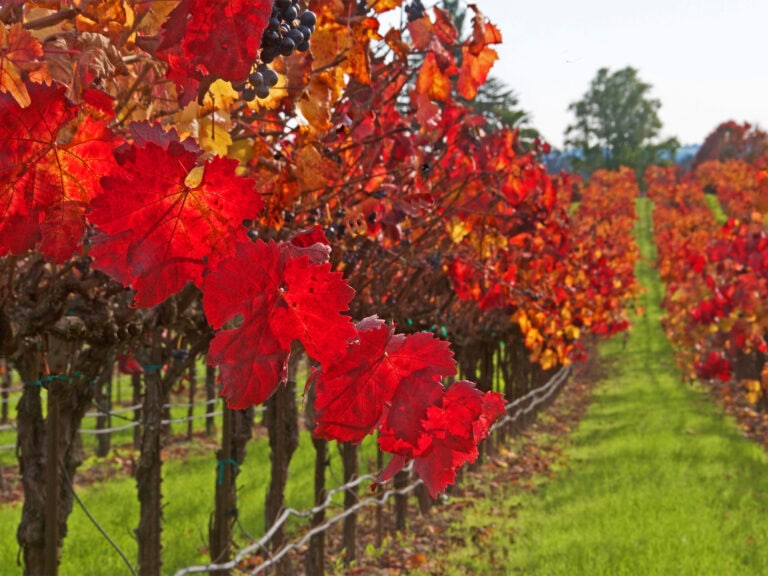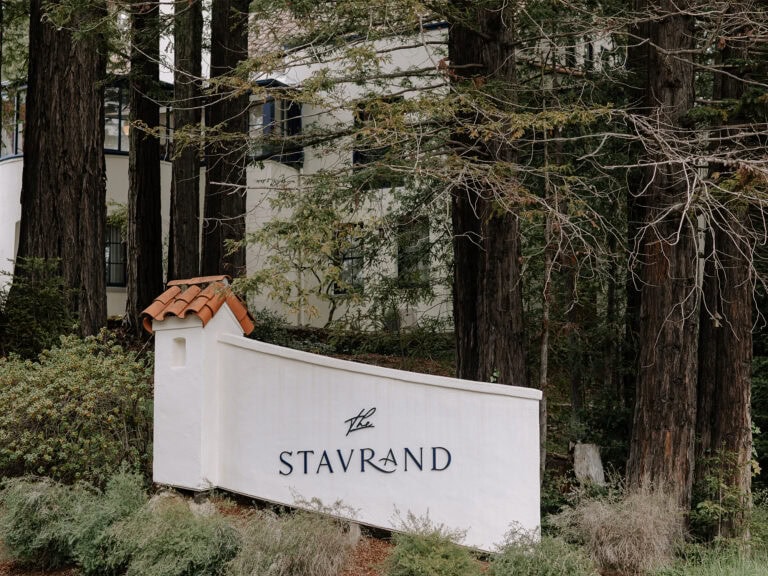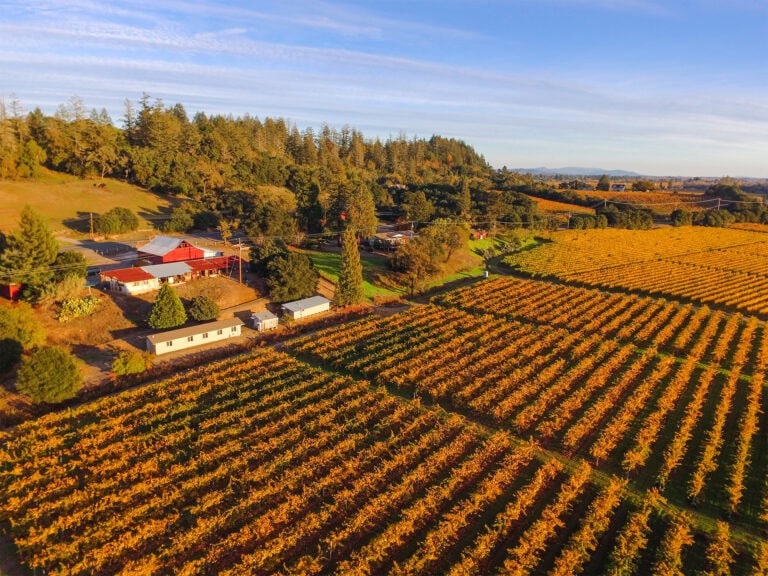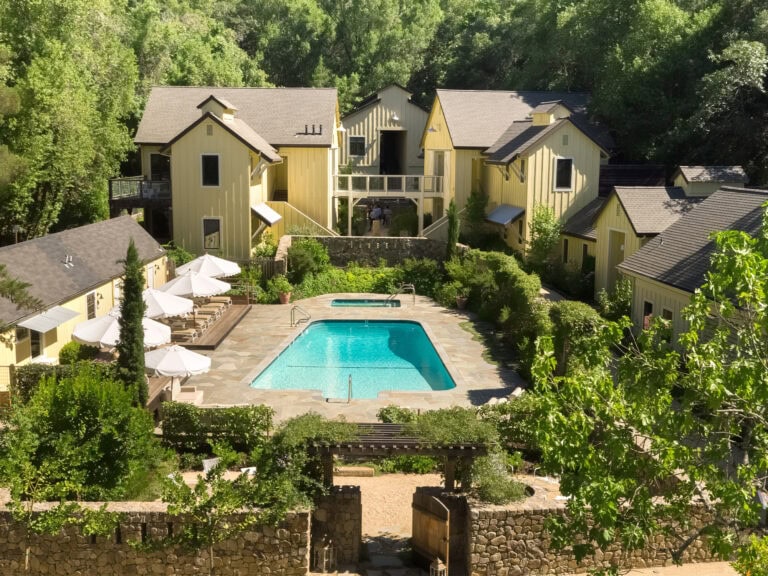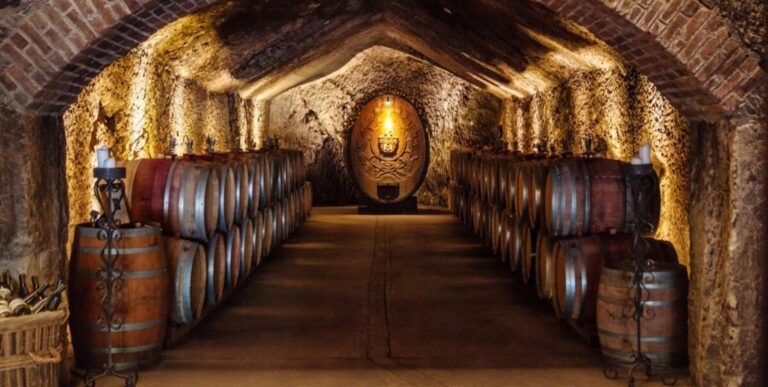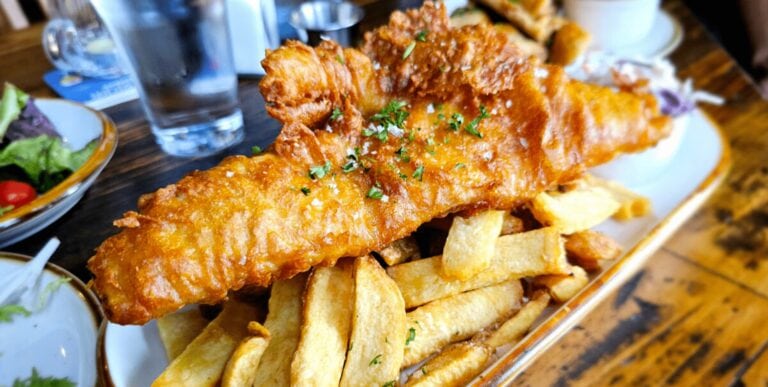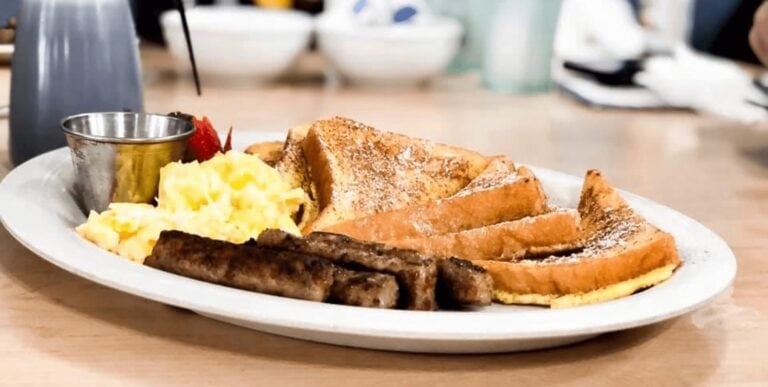AVA Wines of Sonoma County: Petaluma Gap Wine Region
Newly designated in 2018, the Petaluma Gap is among the growing number of appellations to earn American Viticultural Area (AVA) status based more on climate and topography than “political boundaries” on existing maps. It’s also one of the few Sonoma County appellations that cross county lines: Sonoma County shares the southern portion of the Petaluma Gap with neighboring Marin County.
Grapes grow on 4,000 acres within the appellation, which spans 202,476 acres overall, and was approved as Sonoma County’s 18th AVA on Dec. 7, 2017, effective Jan. 8, 2018.
No “Petaluma Gap” wines bottled and labeled before 2018 will be found at wineries and retailers, even if the wines originated from the new AVA. It remains to be seen how many wineries will choose the new appellation instead of Sonoma Coast on their labels, as they can choose either.
The Why of the Gap

The Gap is cool. While it’s often wise to bring a sweater to a barbecue in Sonoma County in July because temperatures drop later in the evening when ocean breezes and fog roll in, the Gap is the part of the county that chills first – maybe even before the briquettes are hot enough for grilling.
The flip side of all that summer fog is that the ocean moderates the winter region. Because temperatures don’t fall relatively as low as in interior locations, vines may start growing earlier in the season, resulting in a longer but cooler growing season. In wines, this potentially translates to ripe flavors with lower alcohol and higher acidity.
Widely recognized as a cool-climate region for producing fine Pinot Noir, Chardonnay, and other varietals, the older Sonoma Coast AVA encompasses much of the new Petaluma Gap AVA. However, because Sonoma Coast is so large and sometimes critiqued for its ungainly outlines, advocates for sub-AVAs have sought recognition for their corner of the Coast.
This new AVA came about thanks to the efforts of the Petaluma Gap Winegrowers Alliance (PGWA), founded in 2005 and formally applied for AVA status in 2015.
Top Grapes & Wine Varietals in Petaluma Gap

Pinot is the word in the Gap – Pinot Noir, the thin-skinned Burgundian red that excels in a cool climate, claims 75 % of Petaluma Gap vineyard acreage.
Chardonnay comes in a distant second at 13 % but is one to watch, as this white Burgundian grape from cooler growing regions often holds its own when fermented in oak barrels and comes out still shining and bright.
Yet some wines made with Petaluma Gap Pinot Noir and Chardonnay may not even be labeled as either because they are sparkling wines. The high acids and low sugars are ideal ingredients for California producers of traditionally made, or méthode champenoise, sparkling wine.
Close on the heels of Chardonnay – an unusual ranking in both California and Sonoma County growing regions – is Syrah, claiming 12 % of the dirt. A lesser-known facet of coastal California vineyard sites famous for their Pinot Noir is that they often have a little Syrah on the side, too. The style resembles savory, cool-climate northern Rhône wines more than this varietal’s jammy, warmer climate style.
Less than one percent of Petaluma Gap vineyard acreage is planted to other grape varieties.
Petaluma Gap: The Lay of the Land

The appellation’s name comes from a gap in the California Coast Range of mountains and hills: an area of low-lying hills and valleys, relative to the topography immediately to the south and north of this corridor, that allows cool wind and fog from the Pacific Ocean easy access to the interior of southern Sonoma County.
All of Sonoma County’s wine regions benefit from the influence of these ocean breezes and fog to one degree or another. The difference with the Petaluma Gap is the lack of a bar to entry: even when the marine layer is relatively shallow, this region gets fog and stronger winds on days that others may not.
The AVA’s western boundary is the Pacific Ocean, but despite the fantastic view, very few grapes are grown within sight of it. It’s just too cold.
To the south, the Petaluma Gap crosses into Marin County. Here, the coastal hills climb again, peaking at 2,572-foot Mount Tamalpais.
On the north end, the outlines of the AVA roughly follow another line of slightly higher hills that contain the marine layer’s initial incursion but stop short of the expanded Russian River Valley boundaries. However, the southern Russian River Valley shares the same soil and climatic attributes.
The eastern border of the Petaluma Gap is neatly defined by the ridgeline of the 2,463-foot Sonoma Mountain and associated hills.
Notable Wineries
Although the Petaluma Gap has not been widely recognized as a wine region in recent decades, General Mariano Vallejo planted vines near the Petaluma Adobe in the 1830s, and a winery founded by James G. Fair, of the Fairmont Hotel in San Francisco was one of the largest in the state in the 1890s. Before Prohibition, the region was producing wine from 1,000 acres.
In recent decades, the focus has been on vineyards, not wineries. Fans of some of Sonoma County’s most recognized Pinot Noir producers, like Kosta Browne, have enjoyed Petaluma Gap wines for years.

Three Sticks
Three Sticks is a winery where you can soak in the rich history of our beloved Vallejo-Casteñada Adobe, built in 1842 and lovingly restored as a historical Sonoma landmark. Recognized for world-class pinot noir and Chardonnay from exceptional estate vineyards, Three Sticks offers a variety of curated experiences just steps from the Sonoma Plaza.
Sojourn
Producing a small lot of highly acclaimed Pinot noir, Cabernet Sauvignon, and Chardonnay, Sojourn offers an intimate tasting experience in their transformed outdoor tasting garden.
Ramey Wine Cellars
Renowned winemaker David Ramey and his wife Carla founded Ramey Wine Cellars in 1996. Working with prestigious vineyards in Sonoma County and the Napa Valley, Ramey crafts some of the most highly praised and sought-after Chardonnay, Cabernet Sauvignon, Pinot Noir, and Syrah produced in the world today.
Rodney Strong
Dedicated to crafting world-class wines that capture the essence of Sonoma County, Rodney Strong sustainably farms 13 estate vineyards and produces wines from the finest appellations. Founded in 1959 by Sonoma County wine pioneer Rodney D. Strong as the 13th bonded winery in the county, the company aspires to conserve and protect the environment in all its operations.
DeLoach Vineyards
As a pioneering producer and winegrower of Pinot Noir, Chardonnay, and Zinfandel in Sonoma’s Russian River Valley, DeLoach Vineyards has been experimenting with and perfecting the best combinations of soil, rootstock, and clones for over three decades
Cline Family Cellars
Cline Family Cellars is a family-owned and operated winery in Sonoma, California, built on a passion for winemaking and rooted in respect for the land. Fred Cline started Cline Family Cellars in 1982 in Oakley, California, making his first vintages from original plantings of Mourvedre, Zinfandel, and Carignane, some of which dated back to the 1880s.
Keller Estate
Keller Estate is a long-established and architecturally interesting winery inside the AVA boundaries that produces elegant and expressive wines from Chardonnay and Pinot Noir grapes. Located at the heart of the windy Petaluma Gap, their award-winning wines are elegant and balanced.
Backroad Bodegas
Wine tasting in the Petaluma Gap is about the joy of discovery – few and far between, vineyards and wineries are tucked between rolling hills grazed by cows, goats, and sheep.

Start at Barber Cellars, located in the remodeled Hotel Petaluma, offering cheese from the region’s artisan creameries. North of the AVA, just off the 101 freeway in Santa Rosa, Fogline Vineyards offers Petaluma Gap-grown wines.
Adobe Road Winery pours Cabernet Sauvignon and other award-winning wines at the Petaluma Mill. It was founded by a performance racing team leader and named for the main road to the adobe where General Mariano Guadalupe Vallejo first planted wine grapes in the 1830s.
The PGWA provides a complete list of Petaluma Gap wineries with tasting rooms.
Restaurants and Lodging near Petaluma Gap

Where to Eat
Although not historically known as a Wine Country destination, vintage downtown Petaluma has long been home to some of Sonoma County’s finest wine country cuisine.
A stylish wine bar in Petaluma’s theater district offering tempting food pairings, La Dolce Vita stocks a good selection of the Petaluma Gap region’s hard-to-find wines.
Now billed as a farm-to-table restaurant, Petaluma’s Central Market did that long before the phrase became popular. La Dolce Vita specializes in boutique wineries both locally and around the world, offering gourmet appetizers, pizza, and soup in addition to 40+ wines by the glass.
more Petaluma Gap restaurants.

Where to Stay
Restored to recall the grand old days of hotel travel, Hotel Petaluma is the region’s newest and perhaps most stylish option in lodging.
The Sheraton Sonoma Wine Country perches on the banks of the Petaluma River, is accessible by boat, and is next to excellent walking and birding trails in the 165-acre Shollenberger Park.
Go eclectic at the Metro Hotel & Café, a French-inspired hotel and café with rooms, cottages, and Airstream trailers.
For more options, check our listings of Petaluma hotels.
Written by Sonoma County Insider James Knight.
Sonoma County Appellations:
Alexander Valley
Bennett Valley
Carneros – Sonoma
Chalk Hill
Dry Creek Valley
Fort Ross – Seaview
Fountaingrove District
Green Valley of Russian River Valley
Knights Valley
Moon Mountain
Northern Sonoma
Petaluma Gap
Pine Mountain – Cloverdale Peak
Rockpile
Russian River Valley
Sonoma Coast
Sonoma Mountain
Sonoma Valley
West Sonoma Coast
Places Mentioned
THIS IS WINE COUNTRY.
Share your experience using #SonomaCounty or #LifeOpensUp
